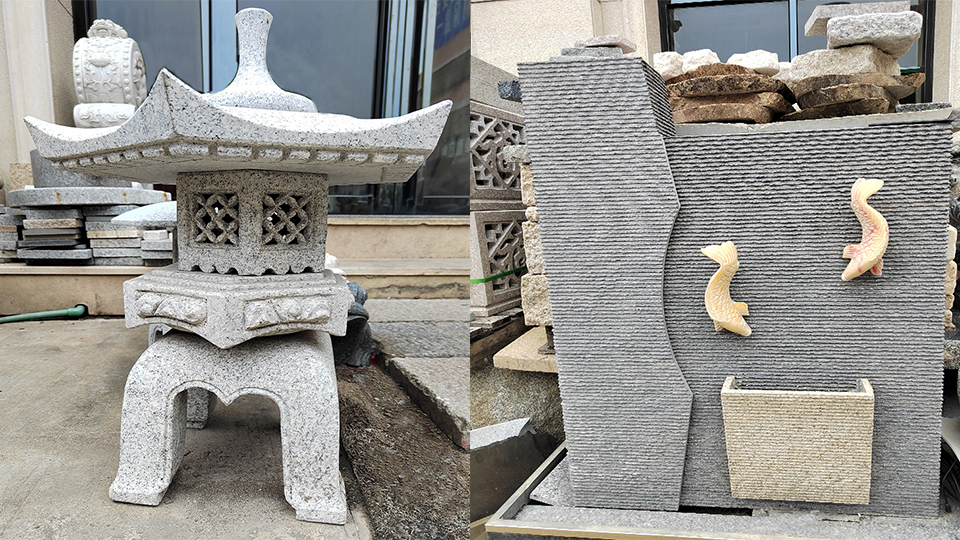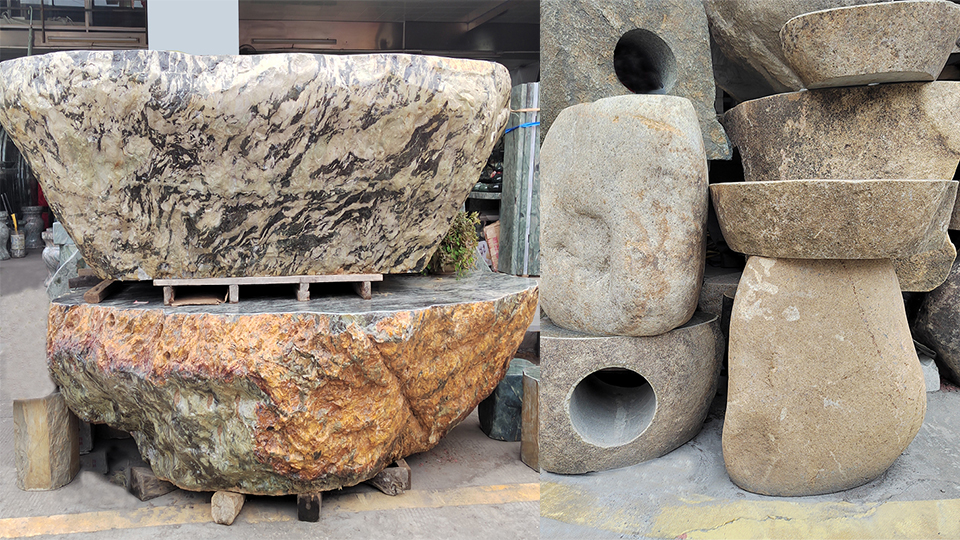

The courtyard garden, an architectural and horticultural marvel, transcends mere aesthetics. It embodies a profound connection between nature, shelter, and human experience, serving as a sanctuary, a social hub, and a reflection of cultural values. From ancient civilizations to modern designs, the courtyard garden has consistently offered a unique blend of privacy, tranquility, and natural beauty. This article delves into the multifaceted meaning of the courtyard garden, exploring its historical significance, architectural nuances, functional roles, and the materials that shape its character, including the timeless appeal of limestone pavers, lake limestone, and the enduring strength of granite.

Limestone: With its natural beauty and durability, limestone is a popular choice for courtyard paving and wall cladding. Limestone pavers provide a smooth and elegant surface, while lake limestone, with its unique texture and color variations, adds a rustic charm. The presence of a limestone chapel within a courtyard will greatly increase the feeling of age and history.

Water: Water features, such as fountains, pools, and rills, provide a soothing ambiance and enhance the cooling effect of the courtyard.
Plants: Plants are essential elements of any courtyard garden, providing shade, color, and texture. The selection of plants should be carefully considered to suit the climate, soil conditions, and design style of the courtyard.
Design Considerations: Creating a Meaningful Space
Creating a meaningful courtyard garden requires careful planning and consideration of several factors.
Scale and Proportion: The size and shape of the courtyard should be in proportion to the surrounding buildings.
Sunlight and Shade: The orientation of the courtyard and the surrounding buildings will affect the amount of sunlight and shade it receives.
Climate: The climate will influence the selection of plants and materials.
Privacy: The level of privacy required will determine the height and type of enclosure.
Function: The intended use of the courtyard will influence its design and layout.
Style: The design style of the courtyard should complement the architecture of the surrounding buildings.
Materials: The selection of materials should reflect the desired aesthetic and functional requirements.
Modern Interpretations: Adapting to Contemporary Lifestyles
Modern courtyard gardens often incorporate contemporary design elements and technologies, while still retaining the core principles of enclosure, integration, and functionality.
Vertical Gardens: Vertical gardens maximize planting space in small courtyards.

Green Roofs: Green roofs on surrounding buildings enhance the cooling effect of the courtyard and provide additional planting space.
Smart Irrigation Systems: Smart irrigation systems conserve water and ensure efficient watering of plants.
Outdoor Lighting: Outdoor lighting extends the usability of the courtyard into the evening hours.
Sustainable Materials: The use of sustainable materials, such as recycled stone and reclaimed wood, reflects a growing awareness of environmental responsibility.
The Enduring Meaning: A Sanctuary in the Urban Landscape
In an increasingly urbanized world, the courtyard garden offers a vital connection to nature and a refuge from the stresses of modern life. It provides a private and tranquil space for relaxation, reflection, and social interaction. By carefully considering its design, materials, and function, the courtyard garden can become a meaningful and enduring part of any home or building. Whether using the timeless beauty of limestone pavers or the strength of granite, the courtyard garden will continue to be a place of beauty and respite.
Name: selena
Mobile:8613176910558
Tel:86-13176910558
Whatsapp:8619323167067
Email:409284553@qq.com
Add:Laizhou ,Shandong , Shandong Province, China